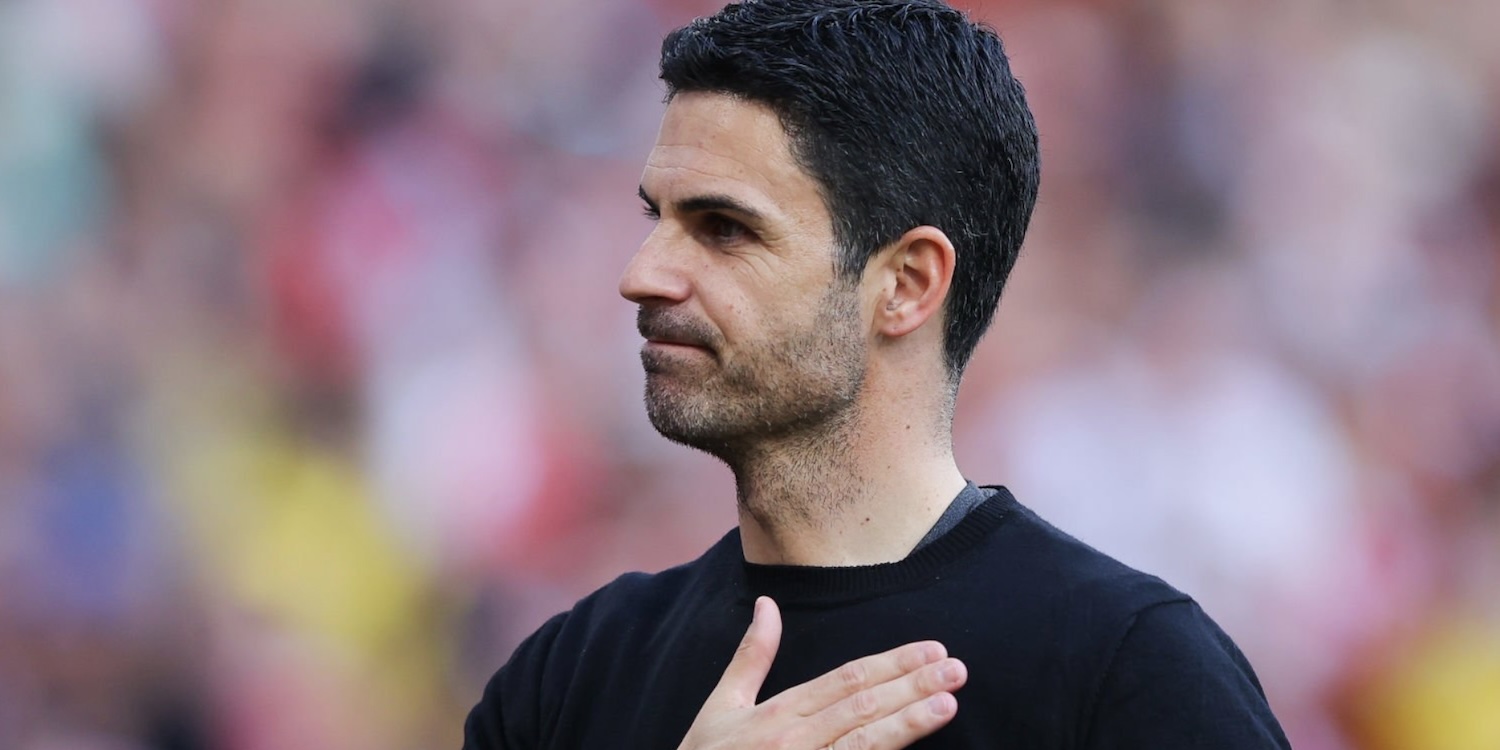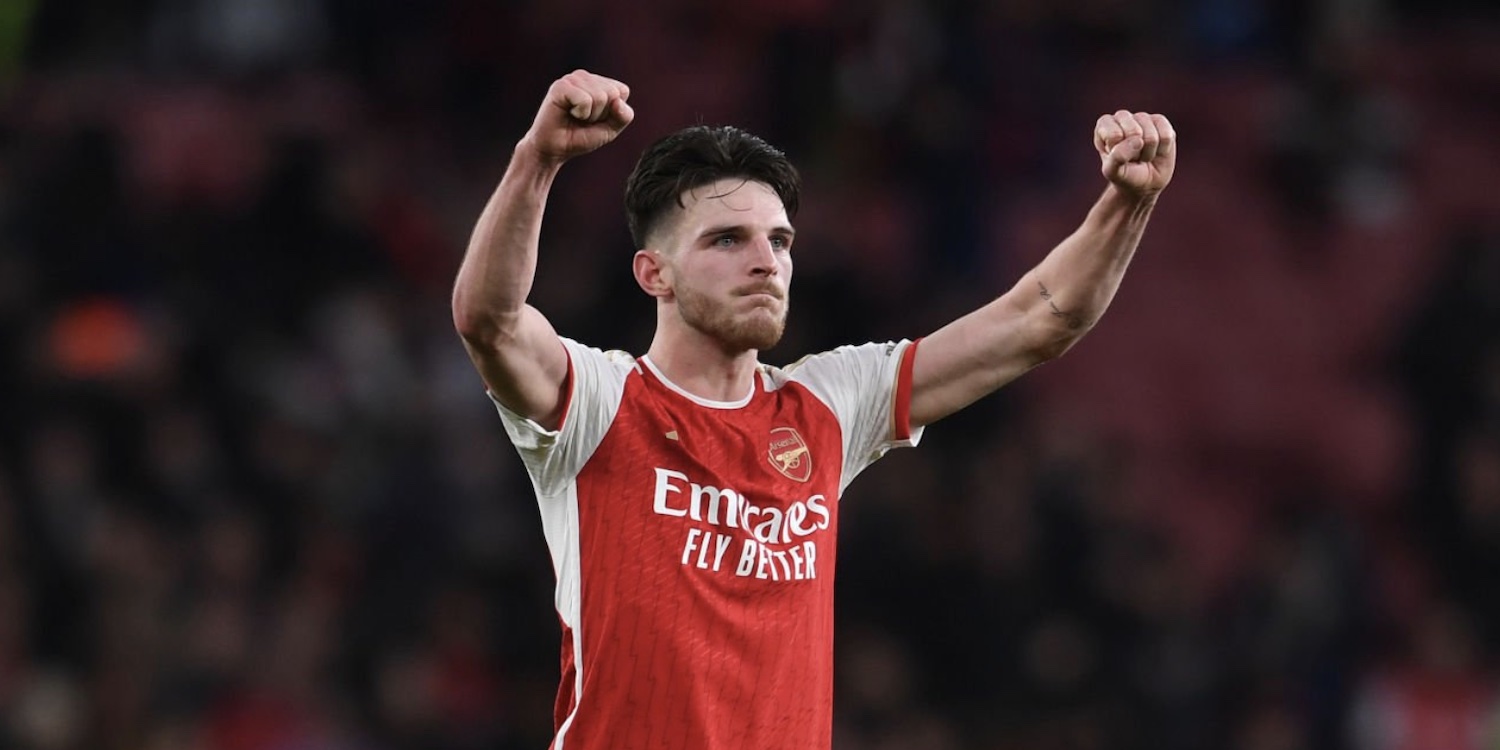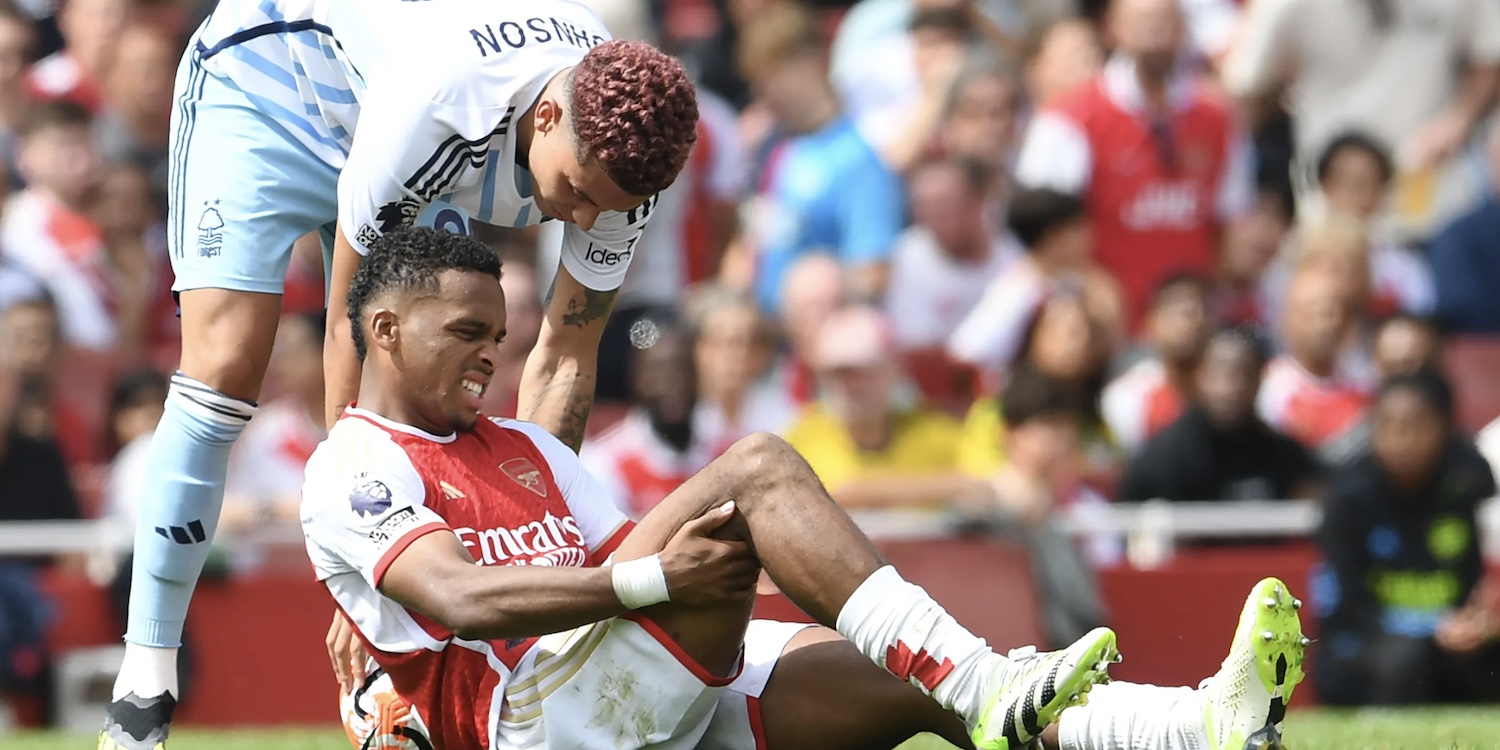How do Arsenal improve organically?
The summer naturally brings a lot of focus on the transfer window and who Arsenal might buy to improve their lot ahead of next season. That is, of course, the predominant and most important way a club can strengthen ahead of a season- not least because you don’t get another opportunity to do it until […] The post How do Arsenal improve organically? appeared first on Arseblog ... an Arsenal blog.


The summer naturally brings a lot of focus on the transfer window and who Arsenal might buy to improve their lot ahead of next season. That is, of course, the predominant and most important way a club can strengthen ahead of a season- not least because you don’t get another opportunity to do it until January and we are talking about transactions of tens of millions of pounds here.
Even for a club of Arsenal’s wealth, spending £50-60m on fees and whatever else in wages poorly has a ripple effect. However, the summer also offers clubs the opportunity to reflect on organic improvement. How can they do things better? How can they maximise their existing talent? These conversations will be well under way within the staff.
Before I speculate on what some of those discussion points might be, it’s worth reflecting on the fact that we can’t assume that all the high baselines for Arsenal in 2023-24 will remain the same. Maybe Leandro Trossard’s finishing is not as proficient next season, perhaps Arsenal aren’t as prolific from setpieces, maybe (gulp) one of Saka, Odegaard, Saliba, Rice or Gabriel gets a medium to long-term injury. Nevertheless, let’s look at some marginals that Arsenal might want to target ahead of 2024-25 using the resource they already have.
Make Arsenal Brazilian again

In 2022-23, in lieu of a truly prolific striker, Arsenal were good at spreading goals around the attack. Gabriel Martinelli, Martin Odegaard, Bukayo Saka and Gabriel Jesus all got into double figures for Premier League goals. Leandro Trossard was added to the squad in January 2023 and Kai Havertz was added a few months later.
Trossard and Havertz both obliged with double figures for Premier League goals in 2023-24 while Saka repeated that feat. Odegaard had eight goals but, along with his 10 assists, he can feel happy about his output for the season (not least because the fans voted for him as Player of the Season). The issue for Arsenal is that, instead of significantly adding to the pool, Trossard and Havertz more or less replaced Jesus and Martinelli’s output.
Injuries were an issue for the Brazilians, of course, particularly Jesus and by the end of the campaign, Trossard and Havertz had taken Martinelli and Jesus’ places in the team. But neither Gabi made sufficient impact from the bench. Admittedly most of these minutes were dispersed into sub appearances, but Gabriel Jesus played 490 minutes after his final goal of the season away at Nottingham Forest without scoring (he had three assists).
With Jesus, I do believe the issue to be fitness based- he was outstanding in the aforementioned game at the City Ground in January but, presciently, Arteta admitted after the game that he had played through the pain barrier. Assuming he isn’t sold- and I have to say I am not sure I see many takers given his fitness situation- getting Jesus fit and firing again would help Arsenal immeasurably.
They might not have a Haaland, a Son or an Ollie Watkins upfront but having a fully fit Gabriel Jesus and Kai Havertz as centre-forward options (allied to the fact that Jesus can play out wide too) makes Arsenal stronger in attack. Following his injury against Sheffield United in March, Martinelli returned and played 372 further minutes across the season.
Again, many of these were finely chopped into substitute minutes but he didn’t make a goal contribution in that time. That could be down to fitness or maybe Arsenal were in the ‘playoff’ phase of the season and their play became less adaptable to substitutes but if Arteta and co can get more from Martinelli and Jesus- even if they can’t force their way past Trossard and Havertz in the team- that might be enough to make the difference next season.
Restabilise the left-side

A fortnight ago I wrote a piece speculating on Martinelli’s diminished returns for 2023-24. One of my main theories for his decreased productivity related to a lot of upheaval on the left side of the team. Rice and Havertz came in and moved around a little with regards to their respective roles.
Granit Xhaka departed and Oleksandr Zinchenko became less of a fixture at left-back, with Jakub Kiwior and Takehiro Tomiyasu timesharing the role as Zinchenko was relegated to the bench. This is in stark contrast to the right side of the team, where White, Odegaard and Saka have been permanent fixtures. It feels as though Arsenal need at least some semblance of a first-choice player at left-back.
Whether that is Tomiyasu, Jurrien Timber or a player sourced externally remains to be seen and while Arsenal should rotate, it does feel like the team needs a firmer ‘game for your life’ option there. In my view, Declan Rice has made the left six / left eight role his own. I think he is at his best playing besides a Jorginho or Partey type to his right, sitting as a left six out of possession before fanning out into the left midfield lane when Arsenal attack.
It took Arsenal a few months to work out whether Rice should be a pivot player or a box-to-box player and, personally, I think it is clear the left box-to-box role suits him the best. If Arsenal can play near enough a whole season under that resolution and have greater clarity at left-back, it might diminish some of the ‘growing pains’ we experienced last autumn.
Jurrien Timber LANS

Jurrien Timber played 71 Premier League minutes for Arsenal last season. 45 on the opening day at home to Nottingham Forest, followed by 26 on the final day at home to Everton. The ACL injury enforced pause between those appearances gave rise to the biggest ‘what if?’ of last season. Not only did Timber manage to look very impressive in those 71 minutes, as well as the pre-season minutes that preceded them, there is also curiosity as to how he might have been utilised.
Given Zinchenko’s relegation of sorts and injury issues incurred by Tomiyasu, it feels as though he might have been a regular presence at left-back. However, I am not sure whether that was the initial plan when he was purchased. For the second consecutive season, Ben White’s muscles have been bathed in lactic acid. He has appeared in 75 of Arsenal’s last 76 Premier League games, starting 71 of them.
Timber could share some of that load, as well as provide greater assurance at right centre-half in the event that William Saliba is unavailable. Timber could be the first-choice deputy in every position across the back line, he could be the first-choice left-back or else he might strong-arm his way into another first-choice spot.
What he does give Arsenal is flexibility, resilience and quality in the back line. Arsenal were slightly fortunate that Gabriel, Saliba and White held up well physically so that Timber wasn’t missed as a warm body but it’s exciting to imagine the variety and assurance he can offer to the defence next season. The phrase ‘like a new signing’ has descended into parody nowadays but Timber really, really is LANS.
The post How do Arsenal improve organically? appeared first on Arseblog ... an Arsenal blog.







